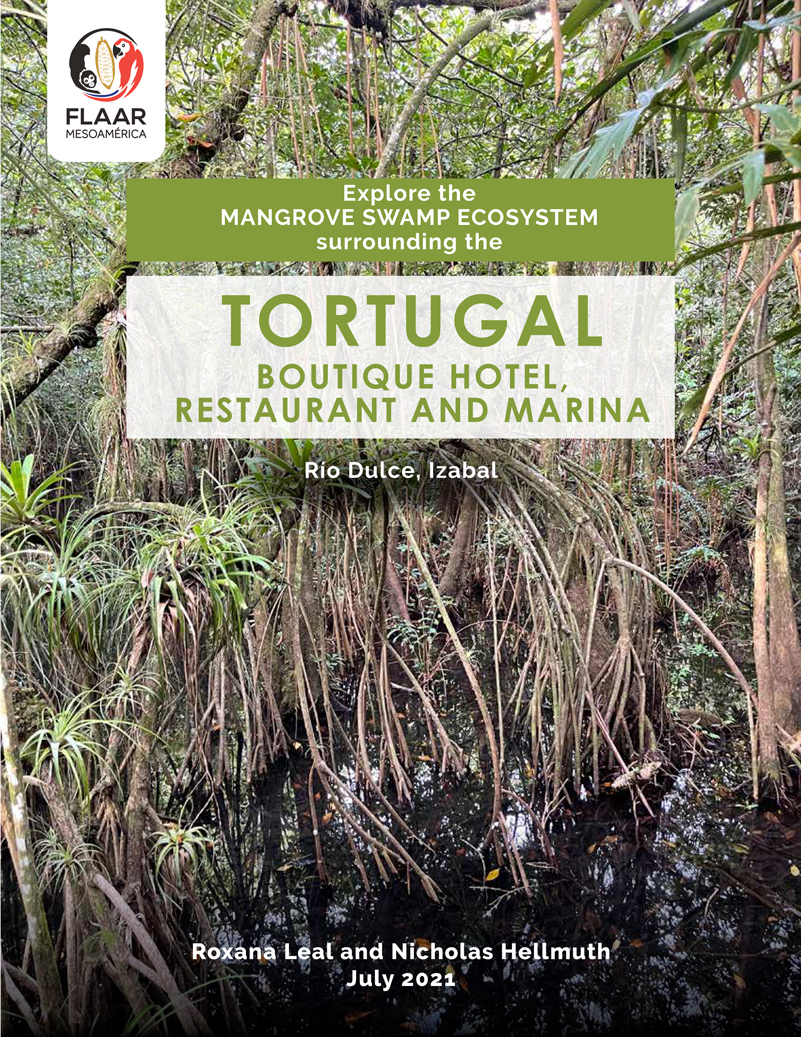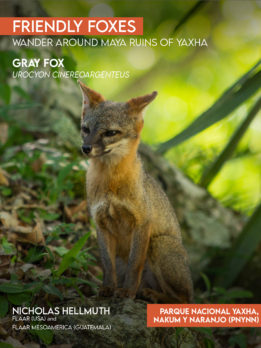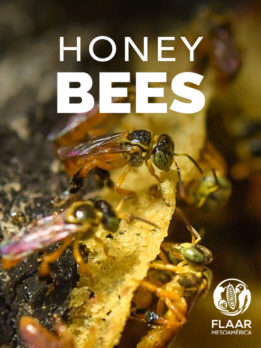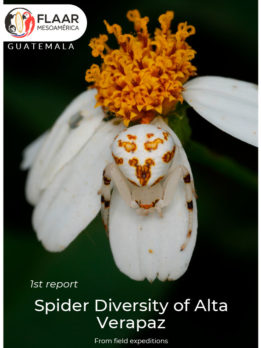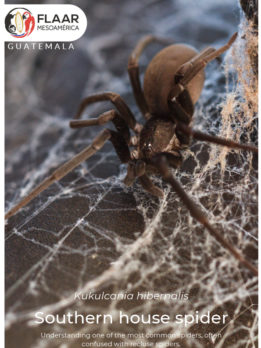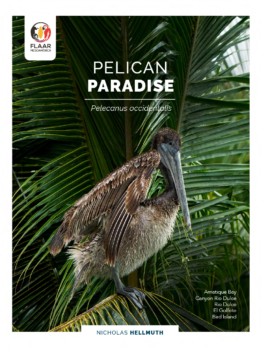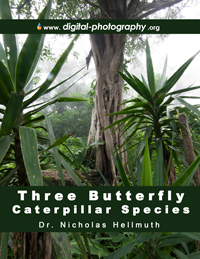Alouatta palliata, Mantled howler monkey, second species
Parque Nacional Tikal facilitates thousands of visitors to experience howler monkeys. Parque Nacional Yaxha Nakum Naranjo also provides tourists the opportunity to hear the howling of these large solid black monkeys. If you stay overnight in the hotel Ecolodge El Sombrero you will hear howler monkeys roaring in the evening and early morning (often from tree branches directly adjacent to your bungalow).
In Peten and Alta Verapaz (Guatemala) there is only one species of howler monkey, Alouatta pigra. But in parts of Mexico and in Municipio de Livingston area of Izabal, Guatemala, there are TWO species: Alouatta pigra and also Alouatta palliata.
Yet in 90% of the zoological monographs, even of recent date, the Alouatta palliata howler monkeys of Izabal, Guatemala are neither featured and often are conspicuously missing. They are known to zoologists but not discussed (because they are more common north in Mexico and south in Honduras onward).
It’s probably circular: if there are no PhD dissertations on Alouatta palliata of Izabal and not enough reports either, then there is not much viable information. And the same species is amply studied far to the north (in Mexico) and far to the south (all of Central America south of Guatemala: Honduras, Nicaragua, Costa Rica and Panama, even in the forests of Peru, Colombia and Ecuador). So zoologists don’t notice that Izabal is being skipped.
We of FLAAR Mesoamerica, coordinating and cooperating with the Municipio de Livingston, want to rescue information on howler monkeys of this part of Mesoamerica (as soon as travel is open again after the pandemic).
Even the A. pigra of Izabal varies from forgotten to ignored to unknown
When I do a search for “Izabal” in the most important recent (2015) articles and chapters in a monumental books on Howler monkeys, often nothing turns up even on Alouatta pigra of Izabal. Again, there is plenty of articles on Alouatta pigra of Belize and Peten and southern Mexico, so no one notices the lack of reports on Alouatta pigra of Izabal.
I do notice it, because howler monkeys are one of the most noticeable mammals of the forests of Mesoamerica. I heard a howler monkey for the first time at age 16 while hiking into the rain forests a kilometer from the train station of Teapa, Tabasco, Mexico. In that year (1961) forests were still thick around Teapa.
I also notice when the howler monkeys of Izapa are not mentioned since we are preparing three bibliographies:
Here is what park ranger Teco kindly told us:
- All howler monkeys of the Maya Lowlands A. pigra and A. palliata
- List of articles, theses, dissertations primarily on Alouatta palliata
- Bibliography on what trees provide leaves, buds, flowers, and fruits for both species of Howler Monkeys in Guatemala.
This is the most pathetic copy-and-paste misinformation that I have seen. Thousands of trees in Central America are being chopped down. Howler monkeys don’t live or eat on the ground; they live and eat in the treetops.
Even more inaccurate, incorrect, misinformation on Alouatta palliata in GuatemalaThe other question is why do so many web sites copy-and-paste that in Guatemala A. palliata is found in Chiquimula??? None of these copy-and-paste web sites list Rio Dulce or Rio Motagua in Izabal whatsoever.
The most likely source of this Chiquimula misinformation is Wikipedia. For botanists, zoologists, and students, always double-check. Wikipedia is a crucial source (because it is quick and easy). But then follow-up with your own double-checking.
A really good report on Alouatta palliata, with reliable information
Amrei Baumgarten and G. Bruce Williamson have produced the single most helpful article on where to really find Alouatta palliata in Guatemala. Their Distribution of the Black Howler Monkey (Alouatta pigra) and the Mantled Howler Monkey (A. palliata) in Their Contact Zone in Eastern Guatemala is a free download on the Internet.
As a decades-long researcher I was nonetheless surprised at the massive amount of missing information and misinformation elsewhere about A. palliata for Guatemala. Needed are three research projects:
- field work to study Alouatta palliata on the south side of Rio Motagua (best for a student or university or ecology institute).
- field work to study Alouatta palliata on both sides of the Rio Dulce, Municipio de Livingston (this is the project we will focus on).
- figure out the validity or uncertainty of Alouatta palliata on the GBIF.org website listing A. palliata for Peten and other unexpected areas. Are there specimens or photographs to document A. palliata for Peten a century or so ago? (best for students and zoologists).
Though finding Alouatta palliata in Peten in 1877 would not surprise me, as it was all rain forest in that century: no sugar cane plantations, no teak tree plantations, no rubber plantations, no mining, no African palm oil plantations). But where is the proof? Where are the photos and documentation? Baumgarten and Williamson 2007 do not accept the suggestion by Horwich and Johnson that A. palliata exists along the Rio Sarstun (the border of Belize and Izabal). For me, without a full-color high-resolution photograph, I am skeptical of “sightings.”
Baumgarten and Williamson 2007 do not mention the location Chiquimula once. They also do not mention Peten as a location for A. palliata whatsoever (so someone will need to visit the museums that claim to have remains of A. palliata from La Libertad area of Peten, claimed by GBIF.org website).
Presence of A. palliata on the south side of Rio Motagua is most likely the start of the presence of A. palliata through nearby Honduras on down south to northern Peru. Obviously a hundred years ago there was more continuity; and even more 300 years ago. So today the A. palliata along Rio Dulce is separated from the troops of mantled howler monkeys on the south side of Rio Motagua (since 90% of the forests of that entire area have been destroyed in the last century).
Let’s find A. palliata in the hills overlooking Rio Dulce, Municipio de Livingston
First, let’s ask local people where they have most recently seen, for sure, the rust back colored Mantled Howler monkey. Then with the help of powerful prime telephoto camera lenses, let’s photograph this rare elusive Alouatta palliata howler monkey.
It would help to find a local hotel in this part of Rio Dulce and stay there to be able to photograph the Howler Monkeys day after day. And with these photographs, produce a COFFEE TABLE BOOK on this awesome treetops monkey.
Same for the more common species: Alouatta pigra. Let’s find a hotel to the east of the main highway (the highway from the Rio Dulce bridge, north to Poptun to Santa Elena, Flores, Peten). To the east of this highway, in the Municipio de Livingston, are hotels that feature howler monkeys in their advertising. Let’s find a hotel that would like to cooperate in producing stunning photographs (and audio) of these Alouatta pigra in the forests around this hotel.
Would be helpful to have good sound recording equipment to record the sounds of howler monkeys of both species. The Municipio de Livingston is the only place in Guatemala with both species of howler monkey: black (solid beautiful black from head to toe, front to back), and mantled (rust colored area along the back; elsewhere handsome black).
Note: the bibliography on Howler Monkeys of Guatemala will be ready in June and will be a download on this site.
First Posted May 2020

















